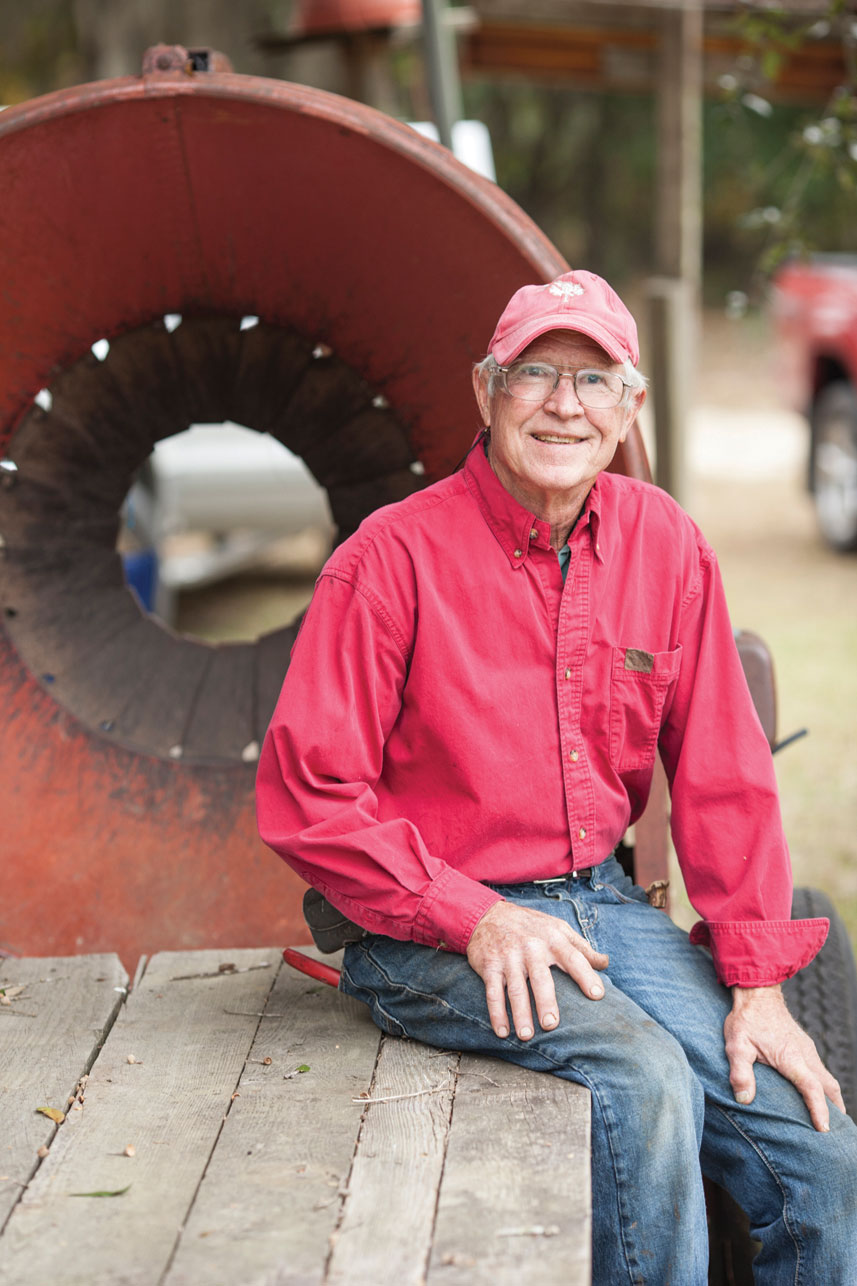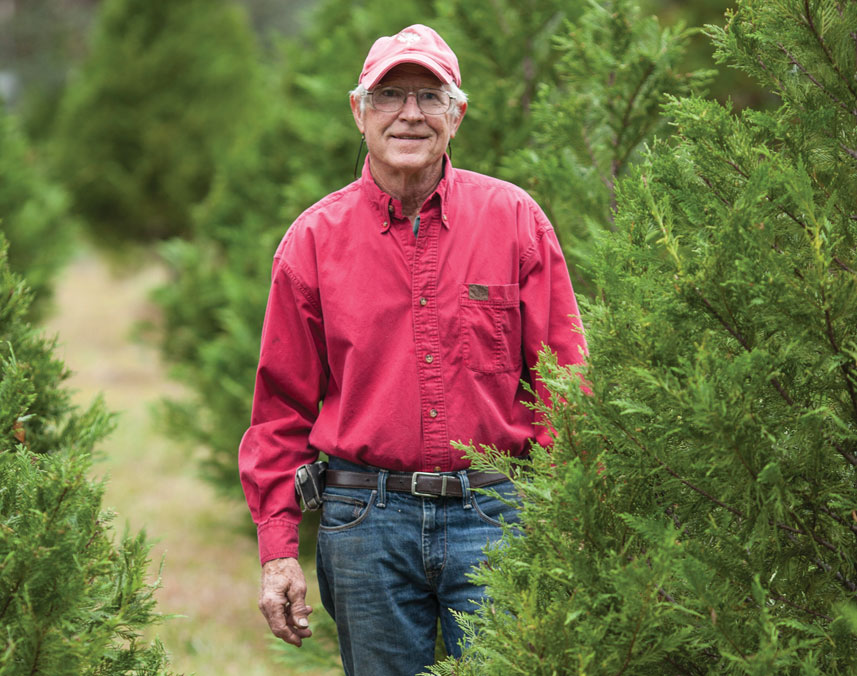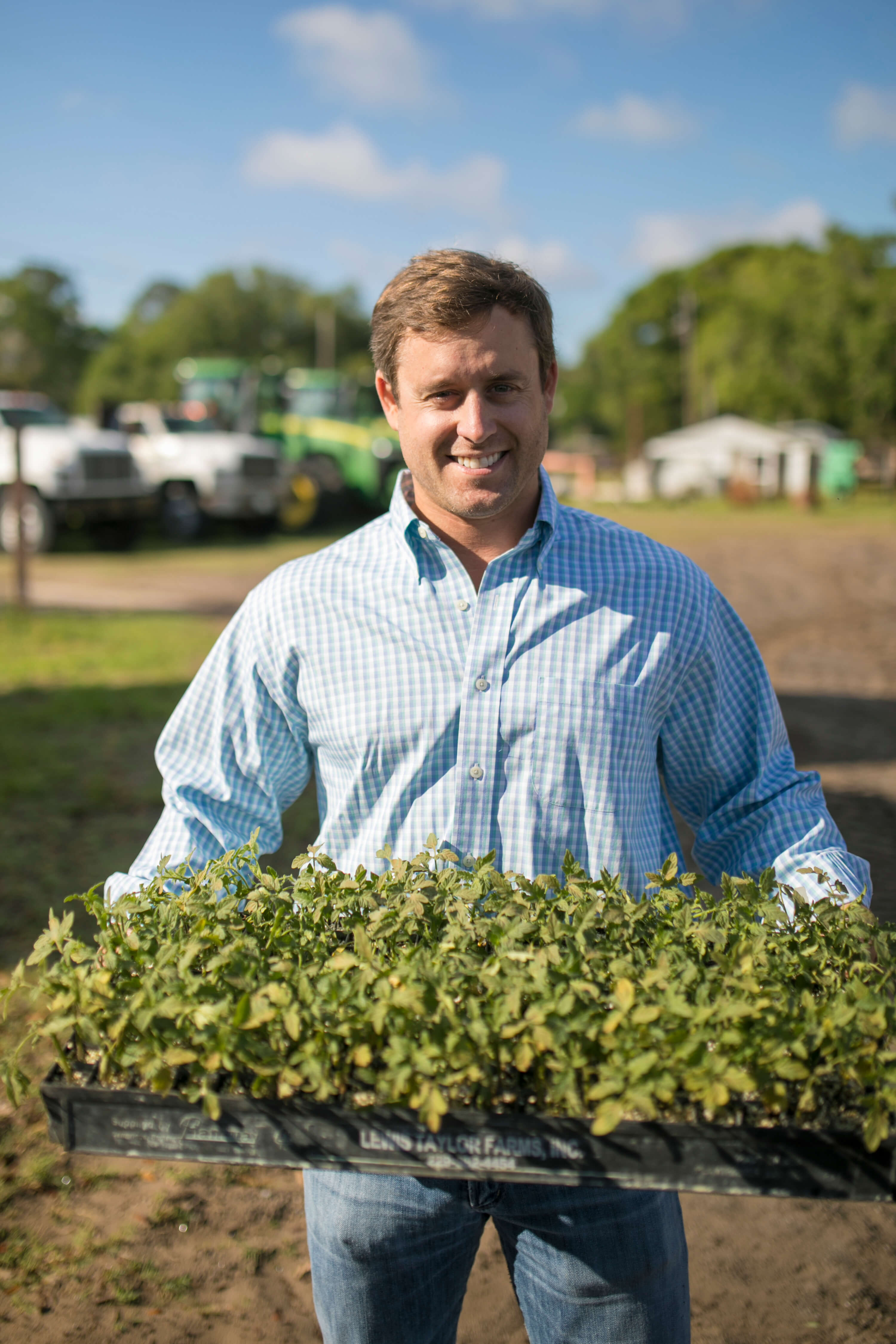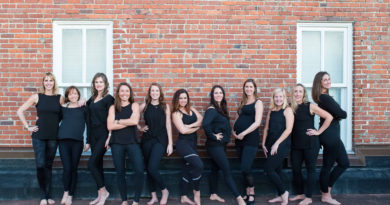Milledge Morris: The Family Christmas Tree Farm
 The heart and soul of the symbology of Christmas is the tree. Giant trees with festive decorations stand sentinel across the nation – the U.S Capitol Christmas tree and the National Christmas tree in Washington DC, the Rockefeller Center Christmas tree in New York City, and the tallest of all – the tree at Coeur d’Alene Resort in Idaho which stands over 161 feet. There is just no doubt that the Christmas tree is the centerpiece of the Christmas holiday.
The heart and soul of the symbology of Christmas is the tree. Giant trees with festive decorations stand sentinel across the nation – the U.S Capitol Christmas tree and the National Christmas tree in Washington DC, the Rockefeller Center Christmas tree in New York City, and the tallest of all – the tree at Coeur d’Alene Resort in Idaho which stands over 161 feet. There is just no doubt that the Christmas tree is the centerpiece of the Christmas holiday.
For those who have cut down their own tree, the connection is palpable – pride, ownership and satisfaction. The time spent walking through the fields to find “just the right one” is a contemplative pleasure with the anticipation of all that is yet to come during the holiday season. Finding that special tree that speaks to you, one that is the right height, the right shape, and has the kind of branches that will cheerfully support the decorations you choose, is a treasure hunt in and of itself. That tree is the first gift you give yourself, and your family, for Christmas.
Native Beaufortonians, Milledge Morris, and his wife, Janet Mark, are in the enviable position of being able to provide that joyful experience for people, either year after year, or for their very first time. So much thought goes into holidays, all the planning, shopping, decorating; it only makes good sense to start at the beginning – with the tree. When you arrive at The Family Tree Christmas Tree Farm on Ladys Island, you will probably look around at all the trees and think to yourself “This is a cinch, they all look alike, I can pick one out in just a few minutes as soon as I decide on the height.” Guess again. You will circle each and every tree two or three times, you’ll find one that looks perfect until you find one scraggly branch, or one side that is a bit flatter than another, you will fall in love with tree after tree and begin to understand that they all have their own sort of personality. Choices include Virginia Pine, Leyland Cypress, Eastern Red Cedar, Carolina Sapphire, and Blue Ice in the field. If you simply have to have Fraser Fir, which doesn’t grow in South Carolina, there is a selection of those as well, which are precut and come from the mountains of North Carolina.
An outdoorsman by nature, when Milledge grew up in Beaufort he spent time at various island fish camps, learned to hunt and fish, and to appreciate the water as well as the land. At the back of the tree farm is his “boat graveyard,” if you wander back there you will see his collection of boats scattered about; boats that were given to him, boats that found their way there for one reason or another, or as he might tell you – boats that his wife wouldn’t let him keep in the yard at home.
Milledge’s affection for boats and the water began at an early age. When he was ten, his father, known as “Humble Buck” and mother Martha, purchased a lot on Lucy Creek. “Every morning before school we hopped in a ‘49 woody station wagon and drove out to the lot on Ladys Island where we would cut down trees so we could build a dock to the creek.”
As well as his siblings, David, Robert, and Martha Lynn (Webb), Milledge worked at “Humble Bucks” Esso station. “I worked a the gas station after school if it wasn’t football season.” His years on the football field earned him a mention in Pat Conroy’s book, Prince of Tides. “I asked Pat to mention me in one of his books and because my name is so unusual, I was one of the few that didn’t get x’d out by the editors because they didn’t think it was a real name!”
After graduation from Beaufort High, he and Pat went to the Citadel. “We plotted together about how to get out of the Citadel; after two years I transferred to Carolina.” (It is rumored that while at the University of South Carolina, Milledge was known as one of the Wild Men of Sigma Nu.) He studied pre-oceanography, graduated, and went into Navy OCS where he was on destroyer type ships, did two tours off of Vietnam, and spent his last six months doing exercises in the North Atlantic.
After the Navy, Milledge went to Hilton Head and worked for a couple of years on a charter fishing boat before he took a marketing position with Sea Pines. Having decided that he would rather work for himself than someone else, Milledge went back to school at Clemson and studied building construction. When he graduated it was during the recession of 1976 and Alaska seemed like a good option. “My father had always wanted to go to Alaska but he could never get there because he had a family to take care of. I thought I’d do some construction work there, but after three or four months I went fishing for crab and salmon; that’s where the money was so I did that full time until 1980.”
How did Milledge get into the Christmas tree business? “I had a friend in Alaska who was in the tree farming business in Alabama, so that was how I learned about it. Then this land became available; I started this farm in January of 1981 and was selling trees four years later, but it can take up to nine years for a tree to be ready to sell.
“Except for the year 1981 when I got a real job in Beaufort, and found out that working nine to five didn’t work out for me, Janet and I traveled back and forth to Alaska where I continued to fish for salmon, with one king crab season tucked in there, until 2012.”
Most of us have seen one of those television shows like the Discovery Channel’s Deadliest Catch, and heard the statistics that fishing in Alaska is the deadliest occupation in the United States. When asked about that, Milledge responded “I realized that the chances of dying were about 1 in 100 a year.” Why, is it because of the ropes and the weight of the traps, and the ice on the decks? Milledge explains, “The dangerous part was when the ships sank. Now, there are different fishing regulations. Then, the fishermen went out in bad weather even when they should’t have, because that was when the season was and it might be short – no fisherman was going to stay home and miss a catch because of bad weather, someone else would go on out there and get his share. One winter we’d rented an apartment and hadn’t even had a chance to meet our neighbors yet when the season opened on January first; I went fishing that day and the next door neighbor went fishing, but he never came back.
“For awhile it worked out that salmon fishing in the summer, and the tree farm in the winter, worked out well but Janet and I had to make a decision to stay in Alaska with all the risks involved, or be in Beaufort with our families; we chose Beaufort.”
Now, one of Milledge’s greatest joys is having all his family close at hand. “I am so blessed, I have two families, mine and Janet’s, and they are all in Beaufort so we can get together and do things on a regular basis.” For the time being, Milledge seems to be content stay put and work around the house, on the boat, and tree farm. However, he laughs and adds the disclaimer, “Never say never! This tree farm is the culmination of all the hard work I ever learned.”
Having been in this business for 33 years, Milledge knows these trees like family; he spends days tending to them, planting, watching them, trimming and shaping to give them that conical look. As far as tradition goes, that’s an important aspect because, according to some sources, the character of the evergreen tree is evocative of the God who created it. Never losing its green color is representative of eternal life, the shape is a triangle pointing up to the heavens, and the three sides are to remind us of the Holy Trinity.
Getting and keeping trees in this shape isn’t as easy as it might seem. One of the biggest problems, surprisingly enough, is the native deer. Milledge says that “Five to ten percent of the trees are destroyed by deer rubbing their antlers on them. However,” he says characteristically, “I hit just as many trees with the lawnmower.” The deer prefer the Leland Cypress and can break off the middle branches on the smaller trees. “Preventive measures I’ve used include changing the scent in the field by putting down hair, moth balls, soap, and fertilizer. They only work for a short time.” The occasional solution, he notes, is that sometimes children will see those trees and are reminded of the Charlie Brown Christmas tree and want one for their bedroom.
Just like Charlie Brown might have thought in his search for the true meaning of Christmas, maybe, in a world where traditions are slipping out from under us in a myriad of texting and tweeting and forgotten social graces, selecting and cutting down your own tree may just the right way to start the season. Be sure to take Milledge’s simple piece of advice: “If you can find a tree that looks good from any one angle – buy it!”
Story by MARY ELLEN THOMPSON • Photography by JOHN WOLLWERTH




